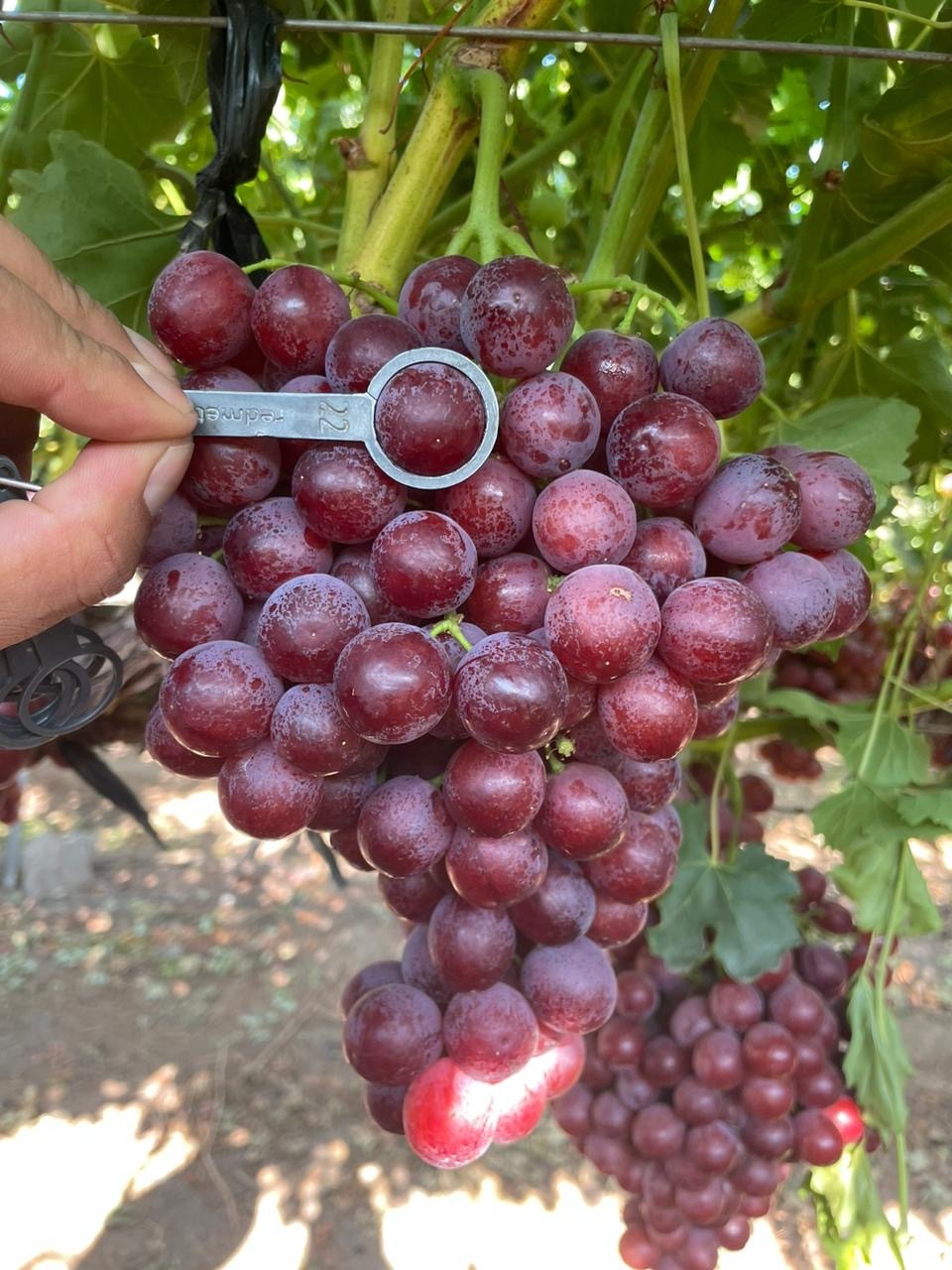A major season for new varieties of Chilean table grape

For the first time this year, the export volumes of new varieties of Chilean table grapes are expected to exceed the supply of traditional varieties, according to Carolina Cruz, President of industry association, Uvanova.
Periods of higher temperatures and relatively higher humidity than normal have not caused major consequences on the normal development of table grapes, she said.
“We have had labor available for the work and, in general, the work on bunches and canopy has been well done, so we expect a good condition and quality,” said Cruz in an interview with FreshFruitPortal. “In fact, the fruit harvested in the third and fourth regions has presented very good characteristics both in quality and yields.”
Less quantity, higher quality
According to Asoex in its last estimation, Chile will export fewer cases than last year: approximately 67 million cases.
Some of the crops in the northern region have registered up to 10 days of harvest delays this season causing lower volumes of exportations.
“In recent years, the area devoted to grape production has decreased as a result of the prolonged drought and the poor results in the liquidations of the last few seasons,” commented Cruz.
However, with the middle of the season approaching in mid-February, late and mid-season varieties are likely to be harvested within historical dates and without delays.
In terms of quality, Cruz indicated that making sure that delivering fruit in a timely manner and in the highest quality condition is “a great collaborative work between producers, advisors, academia and service providers to permanently investigate the best phytosanitary and management practices.”
For Chile, the post-harvest period is of critical importance. Compared to other grape exporters, where the fruit is no more than two or three days from the point of consumption, Chilean grapes take four weeks to arrive.
“We have reformulated our usual harvesting and packing practices to reduce dehydration and premature deterioration of fruit and stalks,” said Cruz.
“Undoubtedly, starting this season we will start to see the effects of new varieties”
New varieties offer great outcomes both for consumers and producers.
On one hand, most of them are very fertile, guaranteeing better yields/ha and friendlier management, achieving greater independence from growth regulators to improve size and color.
From the consumer's perspective, they offer larger sizes, with greater sweetness and different flavors, as well as intense and attractive shapes and colors.
“In the long term, the varietal component should be changed to those that are better adapted to producing areas and- as much as possible- more adaptable to environmental changes,” commented Cruz.
The industry's ability to adapt to rapid changes in market trends and requirements from different countries has helped keep Chilean table grapes among the most consumed fruit worldwide.
“This year we may not be the largest exporter of grapes to the world, but we are sure that we will continue to offer a product with very good organoleptic quality, tasty to eat, healthy, and sustainable,” concluded Cruz.
















































